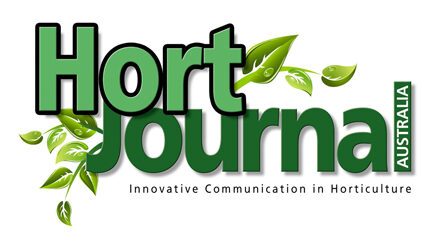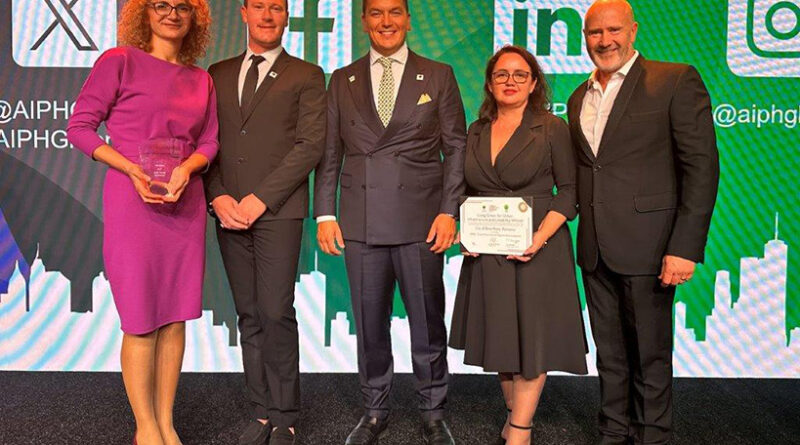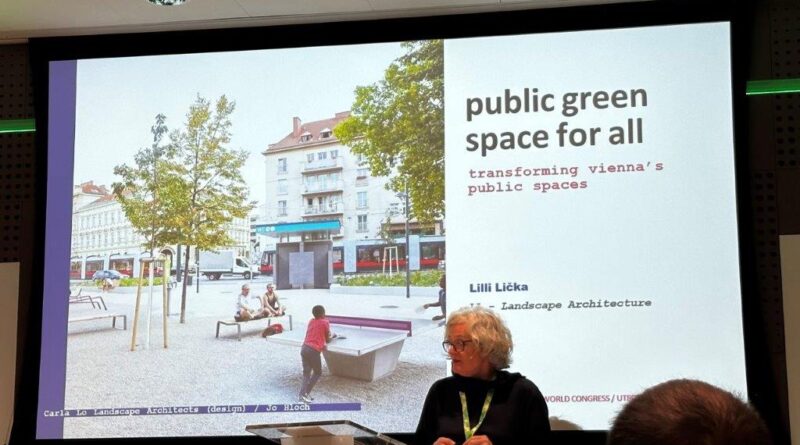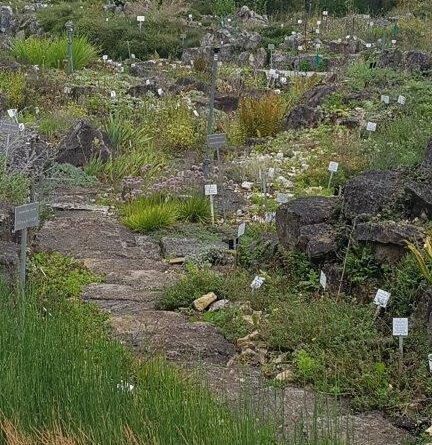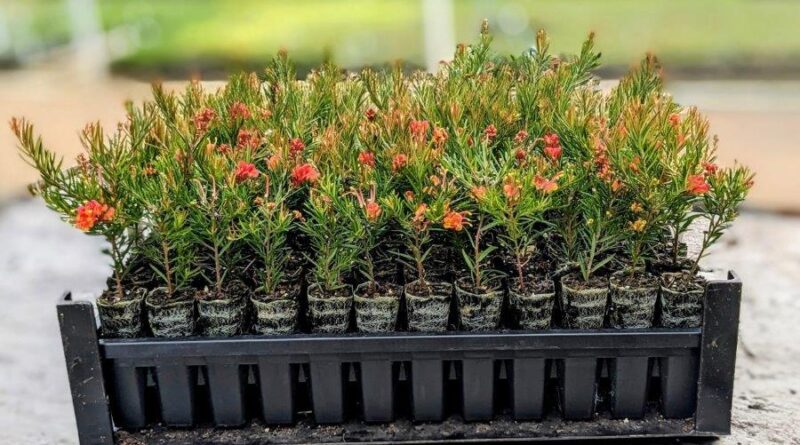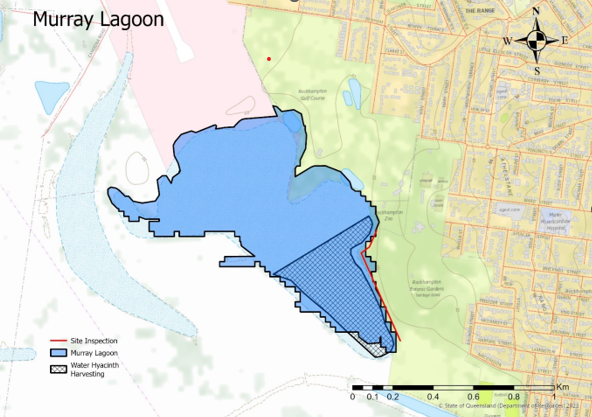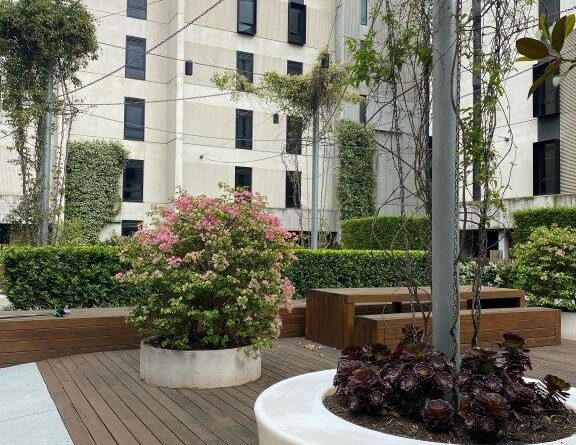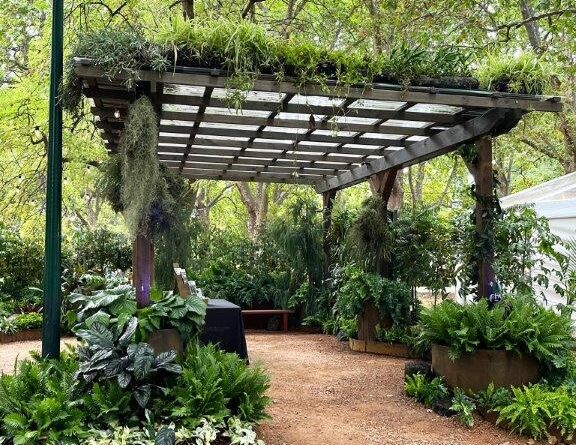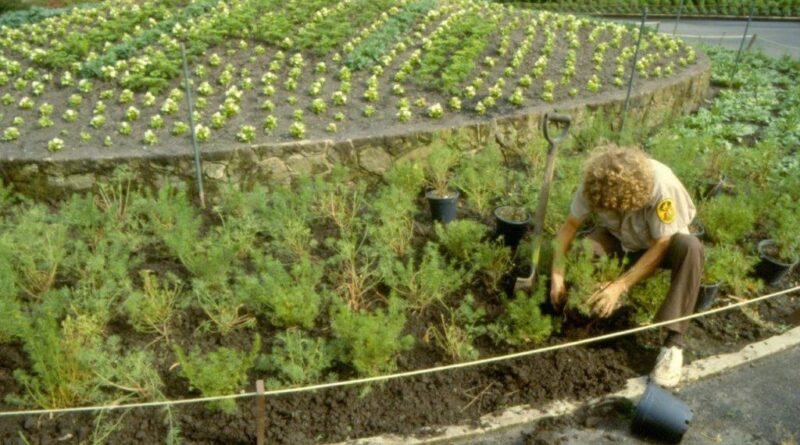AIPH Green Cities Awards 2024
Revitalising cities and minds through nature
By Michael Casey
Honouring cities that lead the way in urban greening: The AIPH World Green Cities Awards celebrate innovation, biodiversity, and sustainable urban development.
The International Association of Horticultural Producers (AIPH) is a global organisation dedicated to promoting the horticulture industry and its role in improving environmental sustainability.… Continue reading
Read More